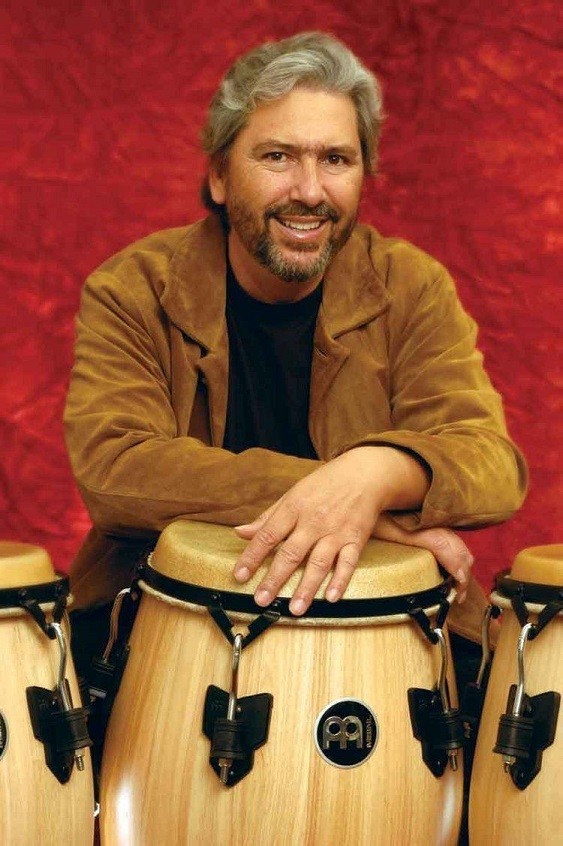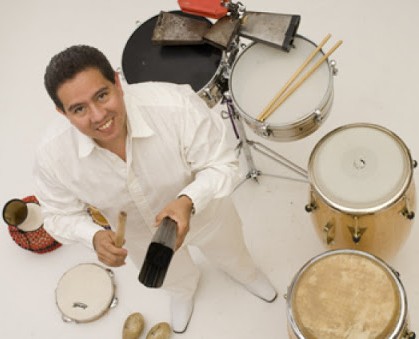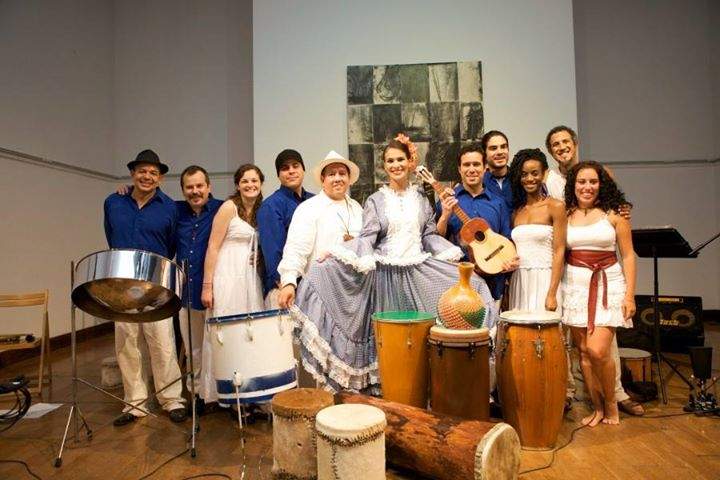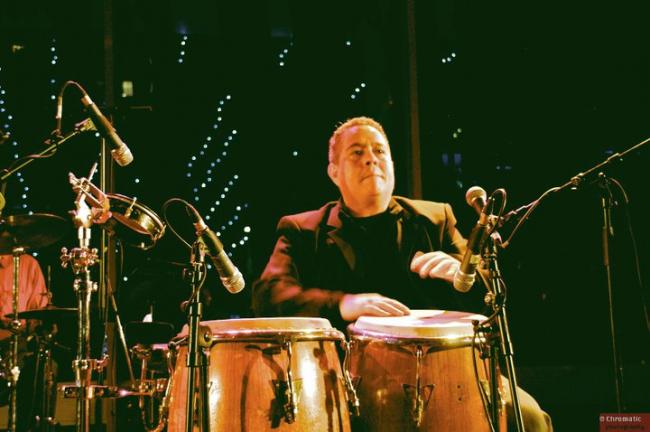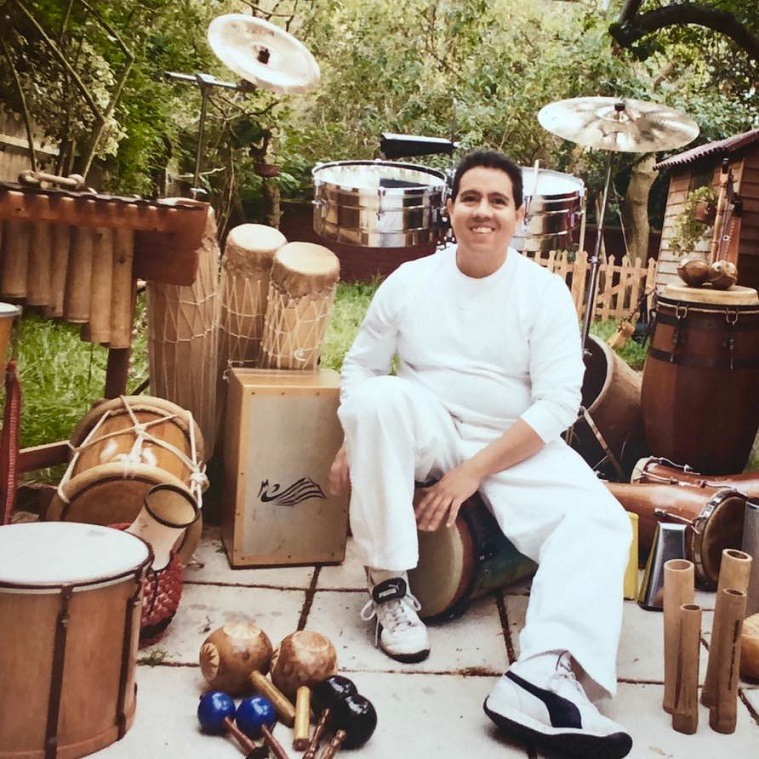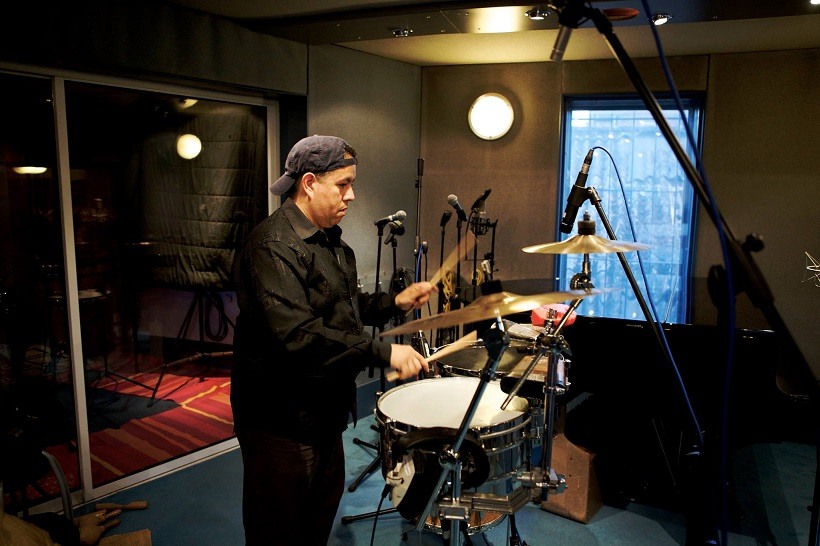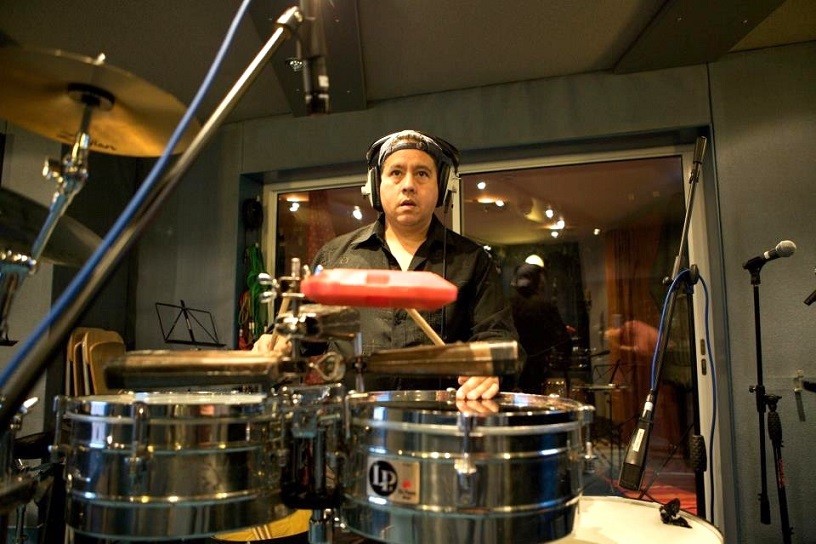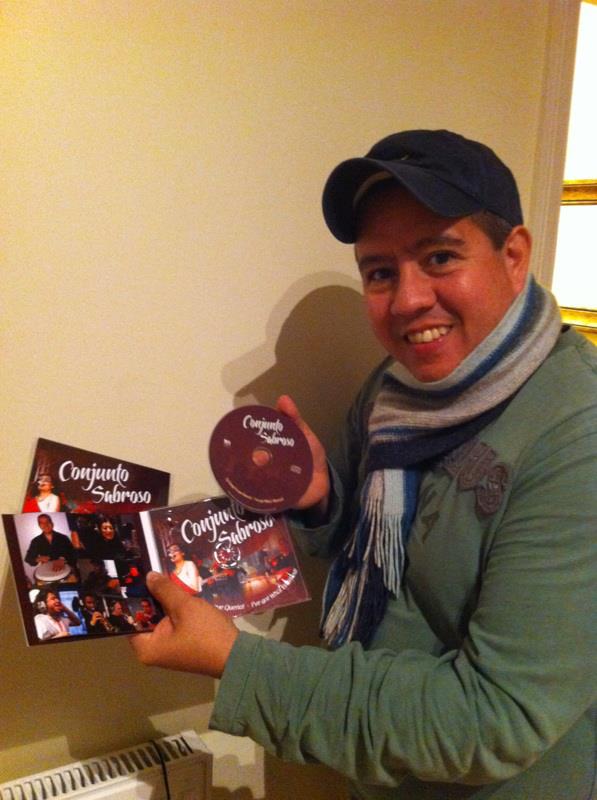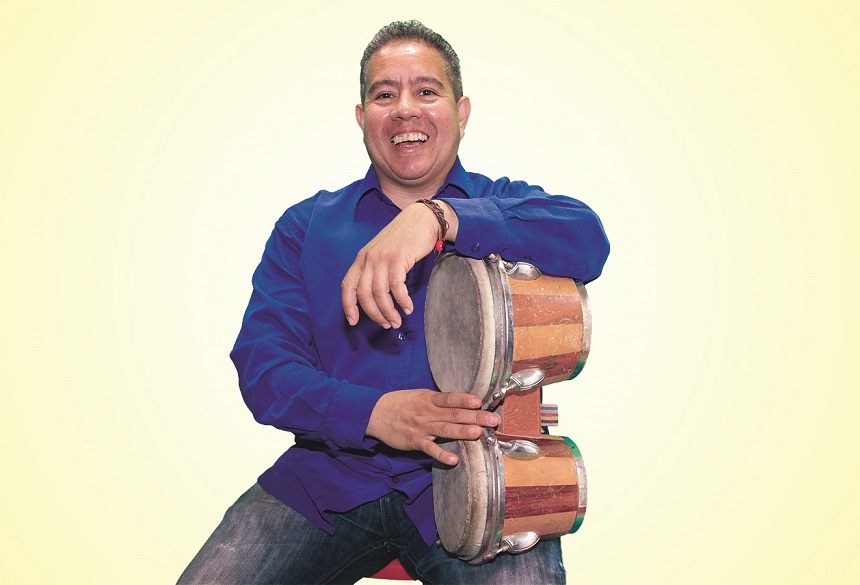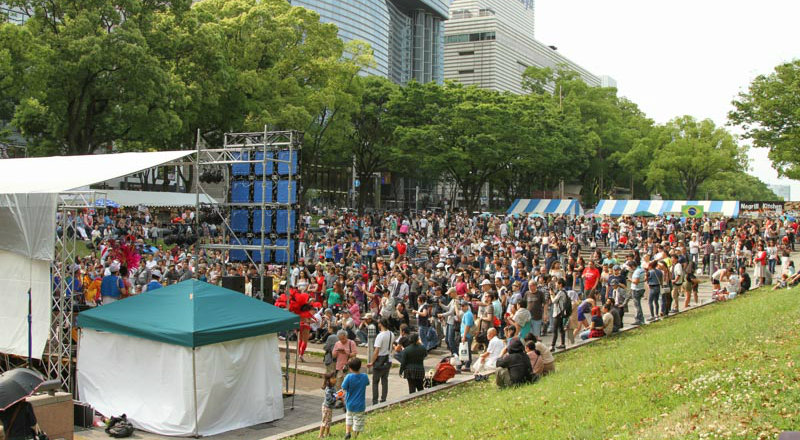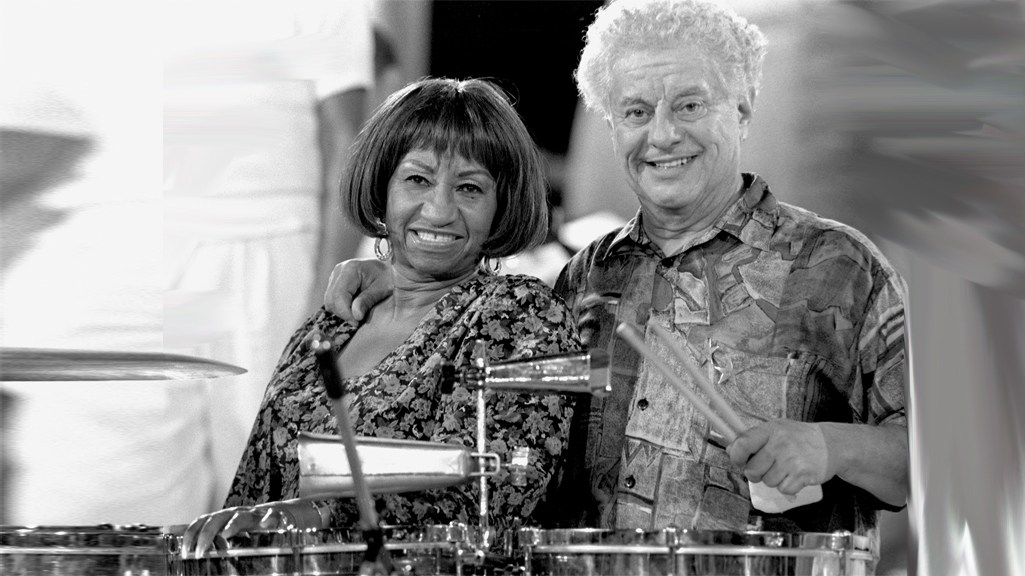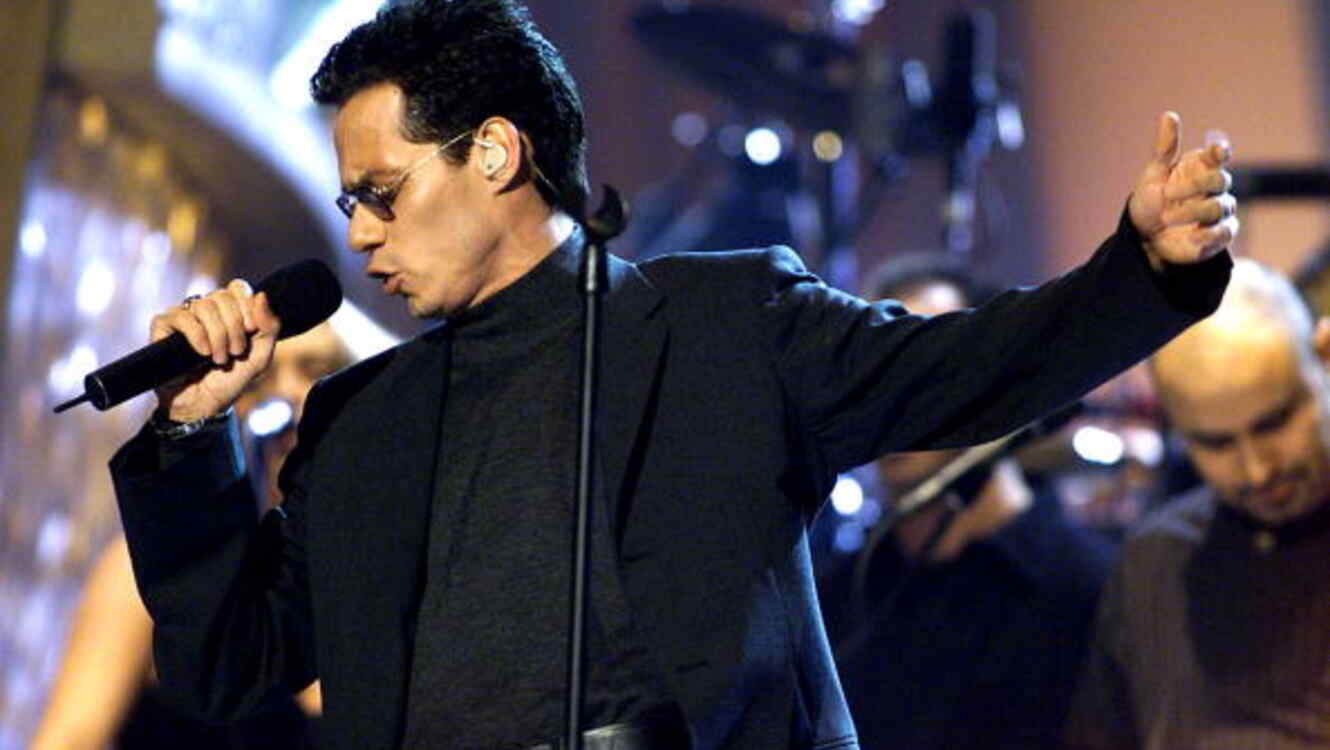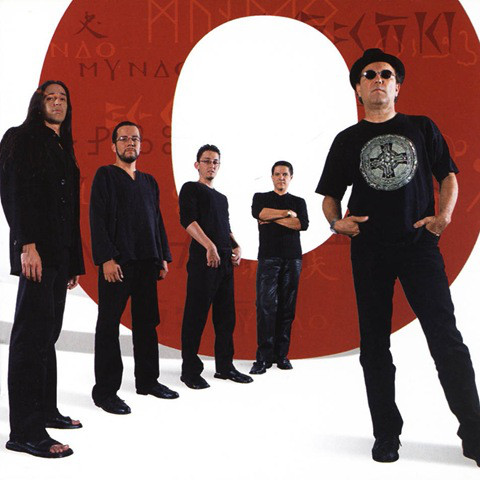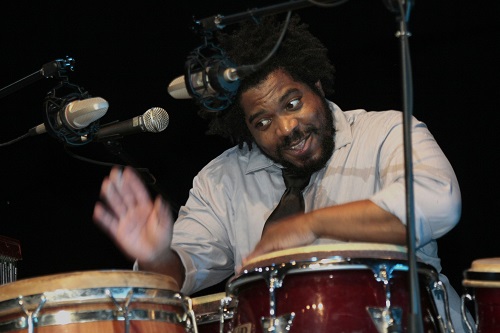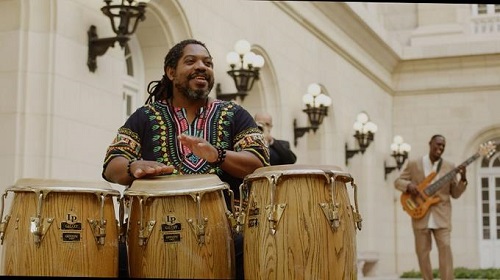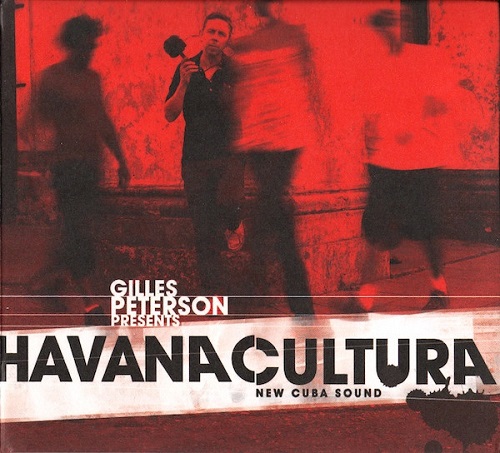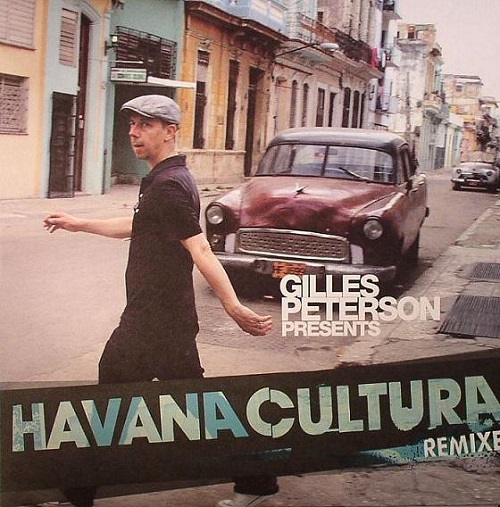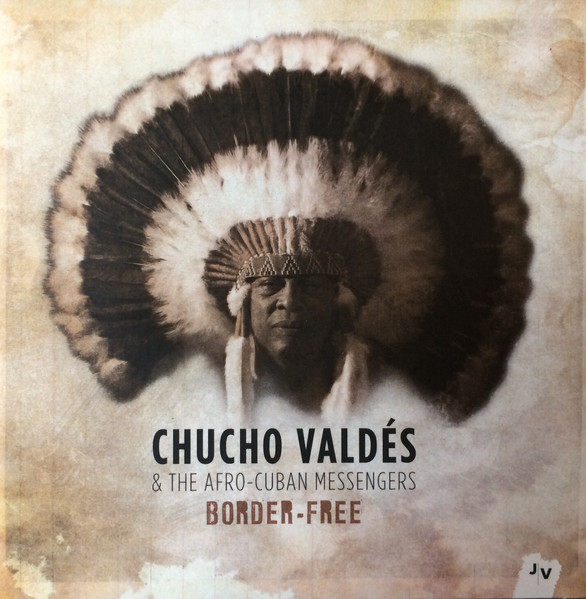Luis Conte is recognized as one of the most respected and prolific percussionists in contemporary music. Famous and respected around the world, this Cuban artist has backed acts such as James Taylor, Madonna, Eric Clapton, Carlos Santana, Phil Collins, Rod Stewart, Shakira, Aretha Franklin, Céline Dion, Selena and hundreds more.
The Grammy winning musician Luis Conte known for flawless technique and an unparalleled ability to seamlessly incorporate Latin percussion and world drumming into popular music. He is a master of percussion instruments such as the cajon, congas, timbales, bongos, clave, cowbell, shakers, maracas, pandeiros, and guiro. In addition to Latin and World rhythms, Luis teaches Hip-Hop, Electronica, Jazz, Reggae and many other styles.
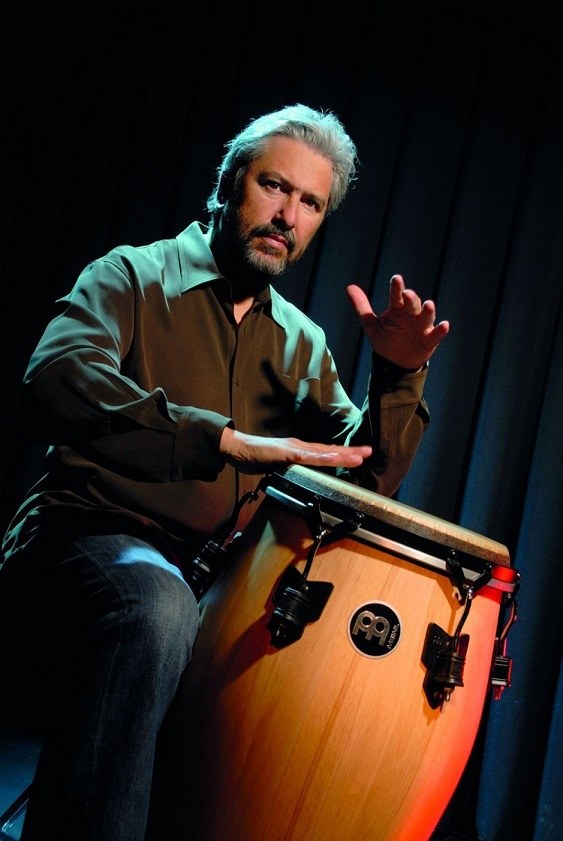
Conte is originally from Santiago de Cuba, where he grew up surrounded by the most authentic traditions of traditional popular music and the strong rhythmic presence of the music from Santiago. Living in Santiago he could see and hear the Santiago conga, the carnivals, the street rumbas. His father took him to events. He also remembers the Santiago trova. There was always music in his house and his father’s troubadour friends played. To all this he attributes a lot of his way of playing and interpreting all forms and styles of music.
Very young he emigrated to Spain and then to the United States, there he settled in Los Angeles. In this city he began his musical career as a guitarist in various rock groups. Later he developed his talent on drums and percussion at Los Angeles City College, he quickly became one of the most respected percussionists internationally.
Conte proved himself versatile musically, at the age of 18 he began to move in the musical circle, and by 1973, he was playing regularly in local clubs. He quickly became a busy studio musician, and throughout the 1970s, he played in the Latin Jazz band Caldera. His first tour was in 1974 with The Hues Corporation, they had a hit titled “Rock the Boat”. From there everything continued, always making new contacts and relationships with musicians and, since then, he has worked with countless artists and recorded on more than 2,000 albums.
Some of Luis’ musical influences :
- All the drummers that play in Carnival in Santiago
- Tata Guines
- Mongo Santa Maria
- Papin
- Patato Valdez
- Armando Peraza
- Francisco Aguabella
- Airto Moreira
His live performance and touring career took off when he joined Madonna’s touring band in the 1980s. To date, Conte has built an extremely successful career including a run composing and playing in ABC TV’s Dancing with the Stars band, among dozens or hundreds of other tv and film projects.
His debut as a bandleader came in 1987, when he released La Cocina Caliente, which included a Latinized version of Chopin’s “Susarasa”. Conte also played percussion on the Pat Metheny Group release ‘We Live Here’, in 1995, on the Pat Metheny ‘From This Place’, in 2020 as well as I Mother Earth’s first two albums Dig (1993) and Scenery and Fish (1996).
Conte has toured as part of James Taylor’s “Band of Legends.” He has also played alongside such famed musicians as Alex Acuña, Jaguares, Larry Klimas, and David Garfield, both as a bandleader and a sideman.
Luis Conte was part of Phil Collins 1997 “Dance into the Light” tour and 2004 “First Farewell Tour”, performing in both of them Afro-Cuban percussion and adding more depth into the concert songs. He also performed during The Phil Collins Big Band tours in 1996 and 1998 and again during the Phil Collins Not Dead Yet tours 2017/2018. In 1999 Conte collaborated in Maná MTV Unplugged project.
The cinema has also had the collaboration of this great artist who has participated in the recording of the soundtracks of well-known titles of contemporary filmography such as Transformers (1 and 2), The Lost City (Andy García), Hankock, Rain Man, Mission: Impossible, The Italian Job, among others.
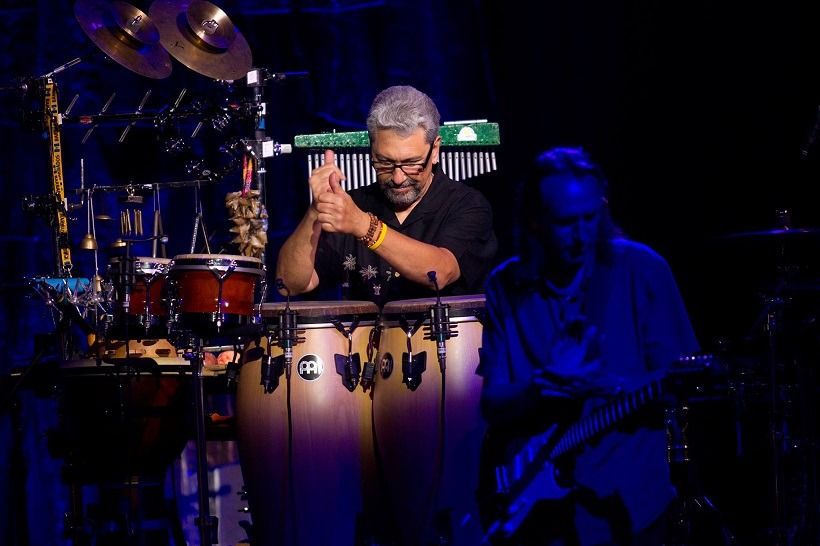
He transmits his knowledge
Knowledge is nothing if it is not shared so that more people can progress and grow music, and Luis Conte knows it. For this reason he began the following initiatives.
Luis Conte has created an extensive repository of world percussion lessons. Students in the percussion course have unlimited access to a collection of guided, high quality percussion lessons and an extensive library of play-along tracks.
In addition, it has its own line of drumsticks and instruments supported by Meinl Percussion and the company of instruments of Zildjian. Has launched its line of congas, drums and shakers that was unveiled at the NAMM Show (2005).
Conte has the Guide to Latin Percussion Vol. I in its 2nd Edition, with the aim to help you become a well-equipped percussionist capable of performing comfortably in the most common musical situations within the Afro-Caribbean/Brazilian spectrum.
Proud to be Cuban
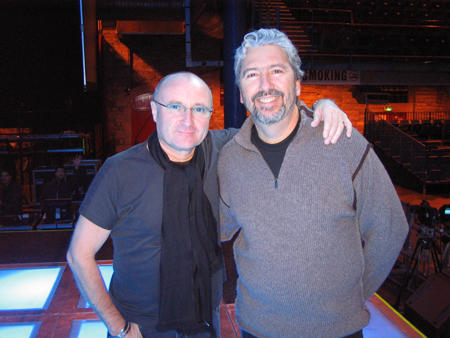
Luis Conte has always shown a deep love for his country. He carries his name with pride wherever he goes. In 2009 he had the opportunity to return to Cuba and it was a dream come true.
In an interview he stated: “When I returned to Cuba I realized that it had not been complete, my heart was missing something and that was to be back in Cuba, I am already whole.”
Conte listens and always tries to be aware of what is happening musically in Cuba. Cuba is a source of music.
He eagerly awaits the opportunity to travel to Cuba and be able to play with the great interpreters of the island.
For him, the Cuban is in the field with its royal palms, the sea breeze, the beaches, the mountains of the East, cane, tobacco and rum… the rumba, the changüí, the danzón, the mambo, the son, the tres guitar, the tomb, the bongo and the harpsichord… the maracas and the güiro. Always affirms: “Cuba is Cuba!”
Luis Conte’s Discography
In addition to having participated in countless albums for various artists, many of them worldwide success, Luis Conte has his own discography, among which is:
- La Cocina Caliente, Denon Records (1988)
- Black Forest, Luis Conte, Denon Records (1978, Realización 1989)
- The Road, Luis Conte (1995)
- Cuban Dreams, Luis Conte, Rounder Records (2000)
- Dvd Luis Conte Signature Congas, Meinl
- Dvd Live At Pas, Luis Conte
- Dvd Studio Percussionist, Luis Conte (2003)
- Dvd The Latin Jazz Trio, Luis Conte, David Garfield, David Carpenter.
- A Coat Of Many Colors, Wolds Drummers Ensemble, Summerfold (2006)
- Marímbula, Luis Conte, (2007)
- Dvd The Ultimate Drummers Weekend, 10th Anniversary, Dave Weckl Band (2010)
- En Casa De Luis, Luis Conte Bmf Jazz (2011)
- Our World in Song, Wu Man, Luis Conte Y Daniel Ho. Wind Music International (2014)
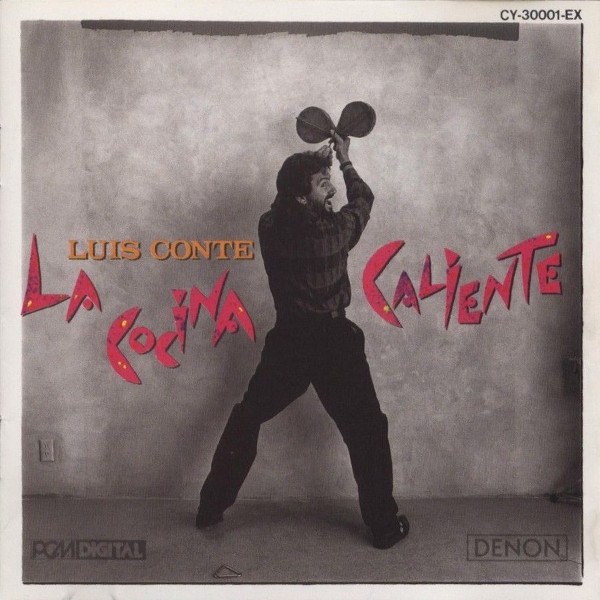
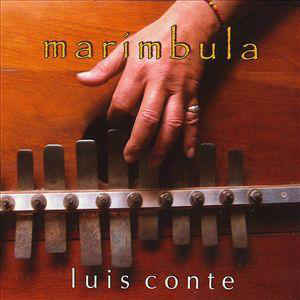
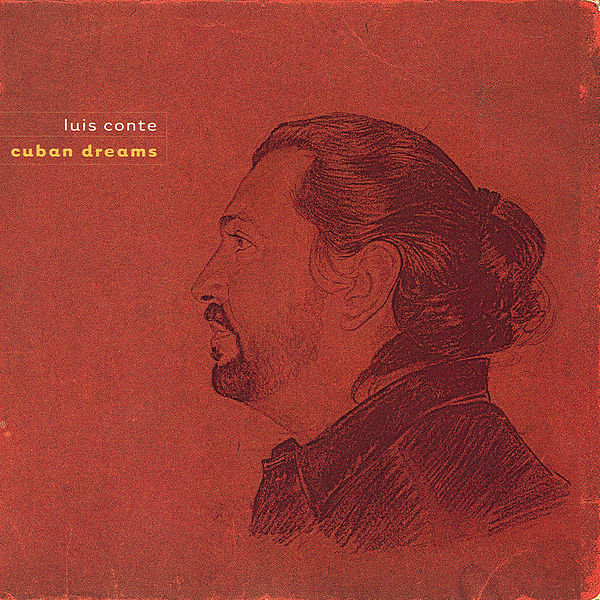
Deserved awards
Luis Conte’s genius stems from his ability to integrate the powerful rhythms of his native Cuba with the American necessities of American pop music. His long and varied career has included numerous awards.
“Percussionist of the Year” – Modern Drummer Reader’s Poll (2009, 2010, 2011, 2012)
“Percussionist of the Year” – Drum Magazine (2007, 2008, 2009)
“Studio Percussionist of the Year” – Drum Magazine (2007, 2008, 2009)
Nominated for the 2015 Grammy Awards in the category of “Best Music Album in the World” for Our World in Song, Wind Music International (2014).
From 2018, is the Cultural Ambassador of Instituto Latino de la Música (ILM).
New plans are coming
For this 2020, Conte had a tour scheduled with James Taylor, but the dates have been postponed and are being rescheduled to 2021, so no one will be left wanting to see his magnificent presentation
” I really don’t know how I got started playing. As far back as my memory will go, I owned a drum. It’s like asking someone how long they’ve been breathing.”
